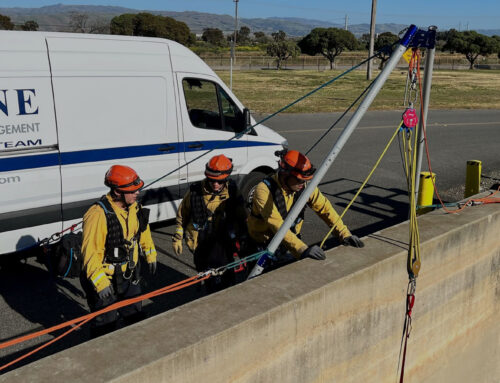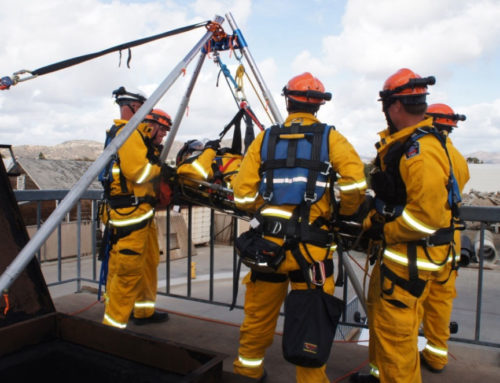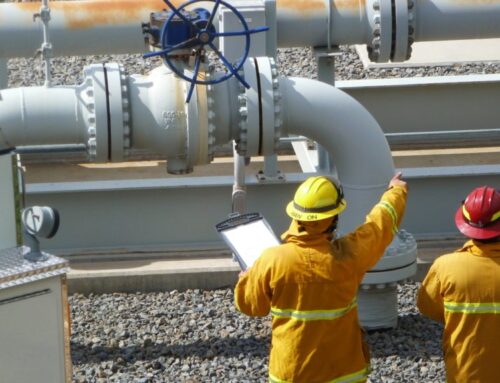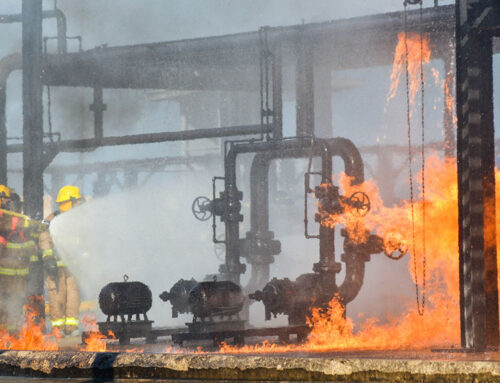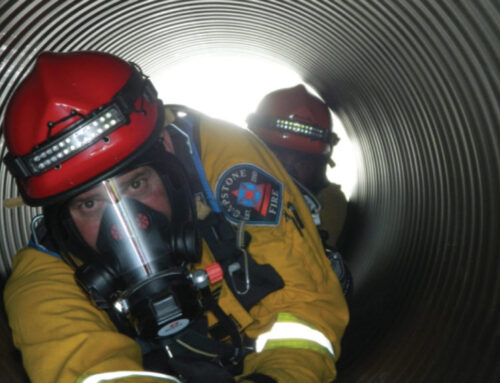One of the biggest risks in being stuck in a confined space is the lack of oxygen that the space may provide. It’s important that emergency services can get people out of confined spaces when they become stuck, but it’s also important to be able to monitor the oxygen levels within a confined space to get the appropriate equipment to victims if they need it. The best way to avoid asphyxiation risk is to make sure that all toxic gasses have been purged from a confined space before entry. Below we’ve listed just a few of the best practices in atmospheric air monitoring and ventilation so that you can avoid disasters in your workplace.
Increase outdoor ventilation
One of the easiest ways to assure that a space has proper ventilation is to increase the amount of air coming in from outside. When working with chemicals or gasses, open doors and windows to increase oxygen circulation within the space. This can apply to any workplace—from confined spaces to places like kitchens and offices.
Ensure ventilation systems operate properly
If your work site or business has ventilation systems that are designed to filter out bad air and replace it with fresh air, make sure that those ventilation systems are operating properly at all times. The best way to do this is to have a system in place to remind yourself or your team to regularly check and report on these systems.
Monitor air for gasses
Always have proper alarm systems in place that can detect if gasses are present in confined spaces. Doing so could save someone’s life if they enter the space and are unable to tell if the gas is present. When you assure that your ventilation systems are working properly, take some time to check and see if your alarm systems are working well too. Make this a regular part of your routine to assure that safety is a top priority at your work site.
Check filters often
Just as you want to routinely check on ventilation systems and alarm systems, have a plan in place to assure that filters on air systems are checked and changed as often as they need to be. This can look like anything from having to change the vents in an air conditioning unit to checking that filters in air purifiers are changed to avoid issues or fire hazards. These may need to be checked and changed more often, so keep that in mind when you’re coming up with a plan to regularly change them.


